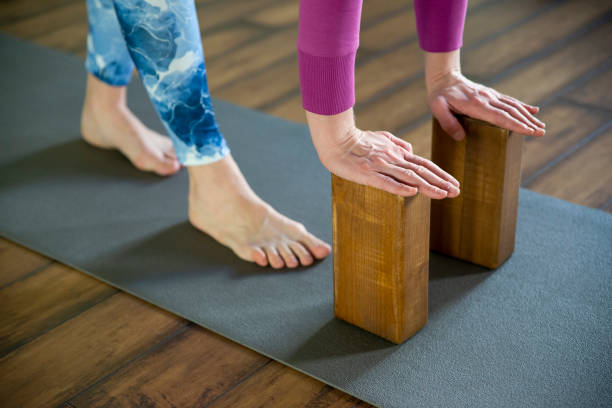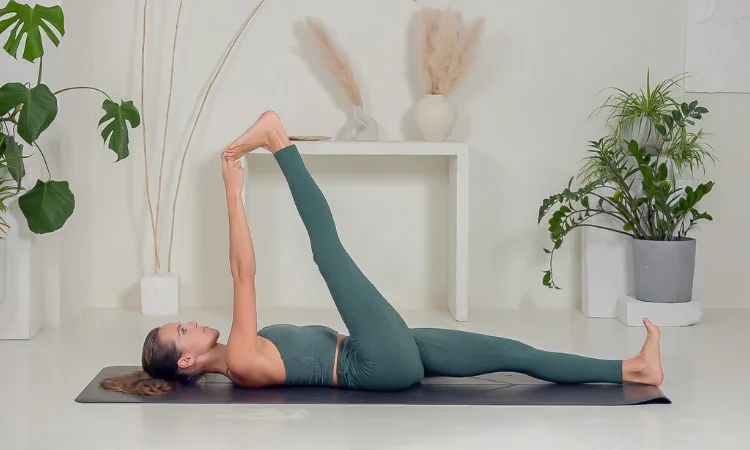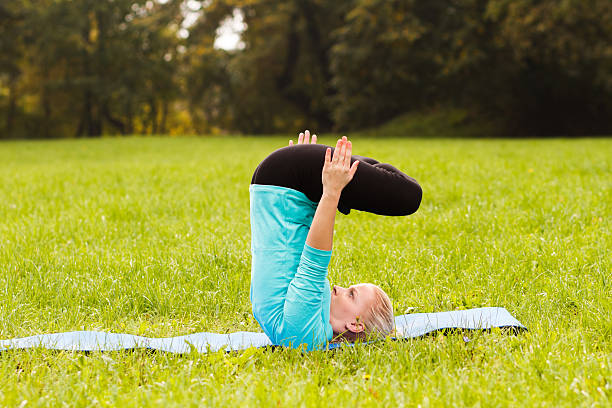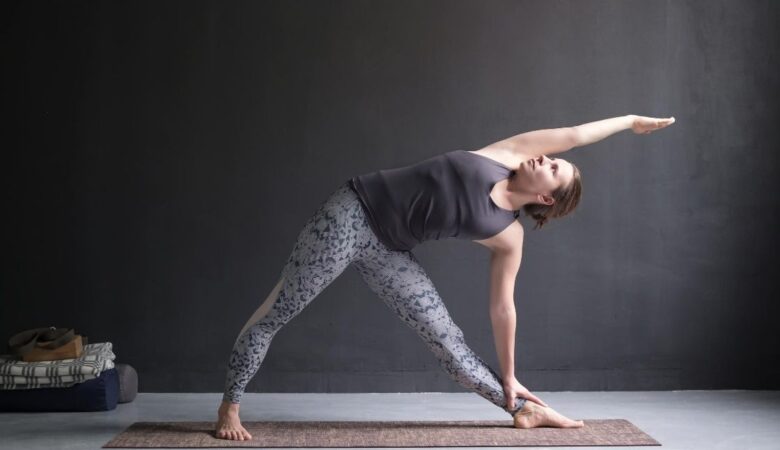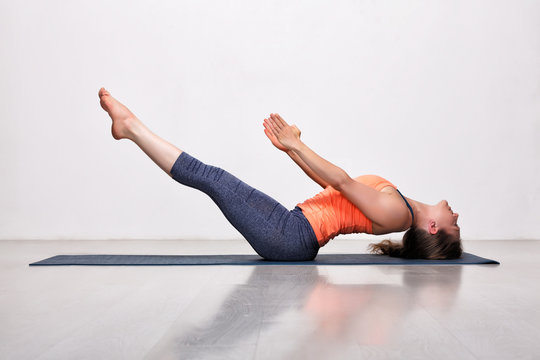Restorative Iyengar Yoga is a deeply healing and introspective branch of yoga that emphasizes relaxation, recovery, and renewal. Developed and popularized by B.K.S. Iyengar and his senior students, this practice uses props extensively to fully support the body, allowing practitioners to hold poses comfortably for extended periods without muscular effort. So, see below the best Restorative Iyengar Yoga props.
Table of Contents
The Philosophy Behind Restorative Practice:
In contrast to more dynamic forms of yoga, restorative Iyengar yoga shifts the nervous system into the parasympathetic mode, the “rest and digest” state. This calms the mind, reduces cortisol levels, and facilitates deep healing.
Restorative Iyengar Yoga Props are the cornerstone of restorative yoga, allowing for:
- Total support of the body
- Maximum relaxation
- Gentle release of physical and mental tension
- Accessibility for all body types and health conditions
Essential Restorative Iyengar Yoga Props:
Here are the most commonly used restorative Iyengar Yoga Props in a restorative Iyengar sequence, along with their purpose and how they’re used:
Bolsters:
Description: Firm, cylindrical cushions made specifically for yoga.
Uses:
- Spine support in Supta Baddha Konasana or Reclining Bound Angle Pose
- Chest opening in Setu Bandha Sarvangasana or Bridge Pose
- Hip support in Viparita Karani or Legs-Up-the-Wall Pose
Benefits:
- Elevates and supports the spine
- Opens the chest without strain
- Encourages diaphragmatic breathing
Blankets:
Description: Thick, foldable cotton or wool blankets.
Uses:
- Head and neck support in Savasana
- Under the shoulders in Sarvangasana or Shoulderstand, to protect the neck
- Knee or ankle support in seated or prone poses
Benefits:
- Provides cushioning and warmth
- Assists in correct alignment
- Prevents hyperextension or collapse in joints
Yoga Blocks:
Description: Rectangular foam or cork blocks of varying thickness.
Uses:
- Support under knees in Supported Forward Bends
- Elevation for hips or back in Seated Poses
- Arm support in Supported Child’s Pose
Benefits:
- Brings the ground closer to the practitioner
- Prevents overexertion
- Maintains alignment while allowing complete release
Yoga Straps (Belts):
Description: Sturdy cotton straps with D-ring or buckle closures.
Uses:
- Bind legs in Supta Baddha Konasana
- Maintain symmetry in Reclining Twists
- Lengthen arms in Restorative Forward Folds
Benefits:
- Maintains the shape of the pose
- Reduces muscular effort
- Encourages passive stretching
Chairs:
Description: Backless metal folding chairs (often with padding added).
Uses:
- Gentle backbends using the chair seat
- Forward bends with the torso resting on a chair
- Inversions like Viparita Dandasana with chair support
Benefits:
- Allows deep postures with complete support
- Excellent for those with fatigue or limited mobility
- Stabilizes the spine in inversions or deep bends
Eye Pillows:
Description: Small pillows filled with flaxseed or lavender.
Uses:
-
Placed over the eyes in Savasana or Supta Padangusthasana
Benefits:
- Reduces sensory input
- Stimulates the vagus nerve
- Encourages a deeper meditative state
Wall Ropes and Slings:
Description: Rope systems attached to a wall for supported inversions or traction.
Uses:
- Rope Sirsasana (Headstand) or Rope Uttanasana (Forward Fold)
- Traction for the spine in passive backbends
Benefits:
- Releases spinal tension
- Enhances alignment
- Minimizes compression in joints
Common Restorative Setups Using Props
Here are a few examples of restorative setups using these props:
1. Supta Baddha Konasana (Reclining Bound Angle Pose)
Restorative Iyengar Yoga Props: Bolster under spine, strap around legs, blocks under thighs, eye pillow.
Purpose: Opens the chest and hips, promotes diaphragmatic breathing, calms the mind.
2. Viparita Karani (Legs-Up-the-Wall Pose)
Restorative Iyengar Yoga Props: Blanket or bolster under hips, strap around thighs, optional eye pillow.
Purpose: Reduces fatigue, lowers blood pressure, improves lymphatic drainage.
3. Supported Setu Bandha Sarvangasana (Bridge Pose)
Restorative Iyengar Yoga Props: Bolster under sacrum and spine, strap around feet or thighs, blanket under neck.
Purpose: Restores energy, gently opens chest and abdomen, relieves lower back tension.
4. Forward Fold with Chair Support
Restorative Iyengar Yoga Props: Chair, bolster or blanket on chair seat, blanket under knees.
Purpose: Releases tension in the spine and hamstrings, calms the nervous system.
Benefits of Using Restorative Iyengar Yoga Props:
Injury Prevention: Supports safe practice for those recovering from surgery, chronic illness, or fatigue.
Emotional Release: Long-held, supported poses encourage emotional unwinding and mental stillness.
Improved Circulation: Gentle inversions and reclined postures help boost circulation and lymphatic flow.
Therapeutic Applications: Often used to manage conditions like anxiety, depression, insomnia, and high blood pressure.
Tips for Using Restorative Iyengar Yoga Props Effectively:
- Customize for Your Body: Adjust prop placement to feel fully supported with no tension.
- Use More, Not Less: In restorative yoga, comfort is key. Don’t hesitate to add extra bolsters or blankets.
- Stay Warm: Cover the body with a blanket if practicing in a cool room.
- Be Still and Quiet: Let go of muscular engagement and surrender to stillness.
- Practice in Silence or with Soft Music: Minimize external distractions to deepen relaxation.
Conclusion:
Props are not just accessories in Restorative Iyengar Yoga, they are essential instruments of healing and support. They allow the body to settle deeply into poses, guiding the mind toward a meditative state of rest and receptivity. Whether you’re recovering from physical fatigue or emotional stress, restorative practice with props offers a sanctuary for profound healing.

